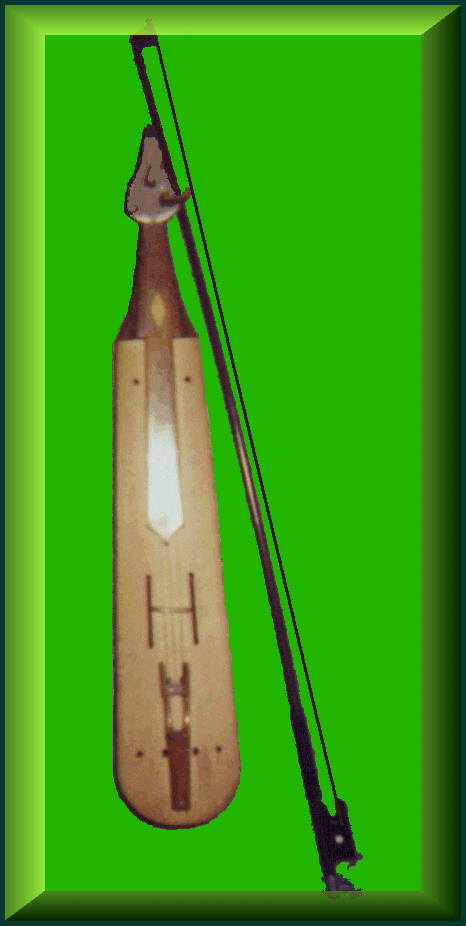

The Laz live in the Eastern portion of ancient Pontos , in the area from approximately Trabzon to Batumi, just around the corner of the Black Sea past the Georgian border.
Unrelated to the Pontic Greeks in both language and ancestry, the Laz are a Caucasian people who are related to the Georgians. The Laz probably descend from the inhabitants of ancient Colchis of Jason & the Argonauts fame. Although the exact area of Colchis has not been defined, it was roughly in the same area as the Abkhaz/Ajar regions of present day Georgia and during antiquity was also known as Lazica. The spoken language is Lazuri, a South Caucasian (Kartvelian) language closely related to Mingrelian. It has mostly been an oral language but is now being written in a modified Latin script.
In the fifth century the Laz were converted to Christianity, until their gradual assimilation and conversion to Islam by the Ottoman Turks. Laz is also used as a generic name to describe inhabitants of the Black Sea area whether they are Laz, Islamisized Pontic Greeks or any other peoples of the area.
In common with the Pontic Greeks, the two main instruments are the "kemenche" and the double chanter polyphonic bagpipe known as the "tulum", which is also played by Georgians. However, the Laz kemenche is a little smaller and about half the thickness of the Pontic kemenche and consequently has a sharper, more raspy sound. This kemenche is sometimes called "zil kemenche" by Pontic Greeks.
In fact, the traditional costumes of both groups are almost identical. Laz dances include "horon" (most likely derived from the Pontic "khoron" meaning "dance"), as well as "kochari". The 5/8 rhythm of the Pontic "tik" is also found in many songs.
Because of the separation of more than 75 years Laz music shows more Turkish influence while Pontic music shows more mainland Greek influence.